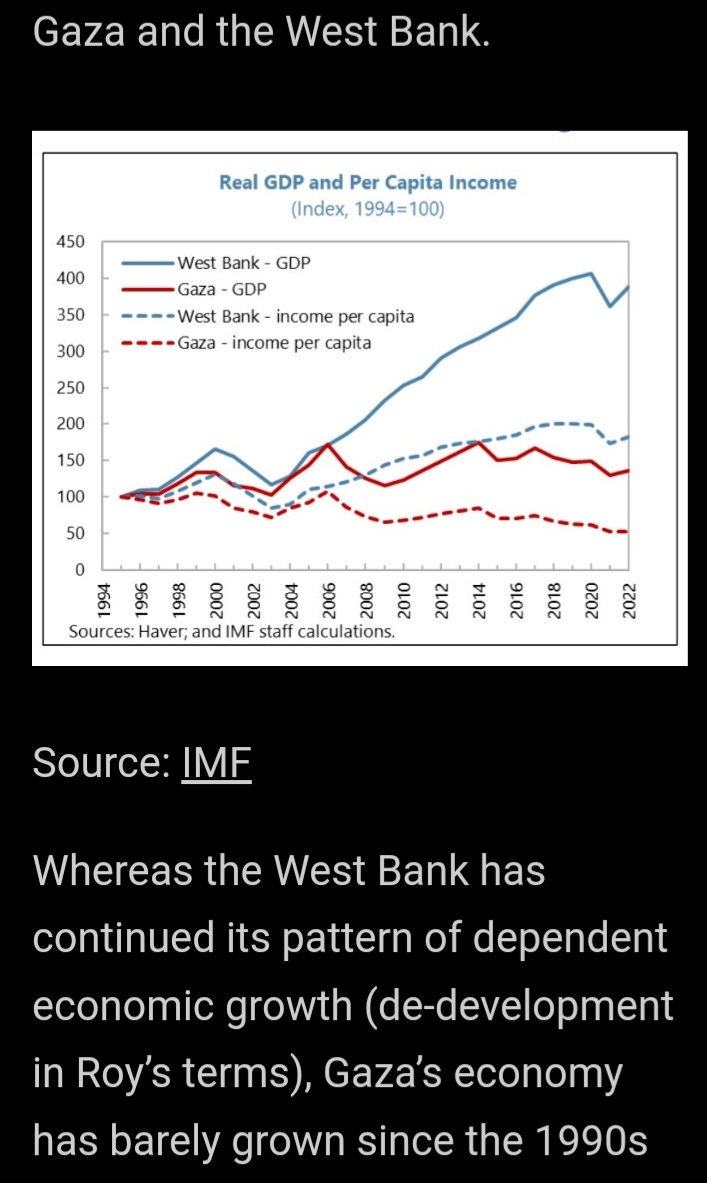The article shall follow after the listing below.
Postings published during the week:
3] US-EUROPE de-risking strategy
4] Palestine Progressive Youth
6] China sending humanitarian aid
7] For Ukraine: peace is possible
8] From Birzeit University in Palestine
9] Gaza - de-development to disposable destruction
10] FRIDAY FILES
Kindly circulate this journal among your friends and or distribute selected articles to your diaspora communities. Thank you, with solidarity - in solidarity.
Who Are the Palestinians of Gaza?
The more than 2 million inhabitants of the Gaza Strip are part of the 14 million-strong global Palestinian community. About one third of Gaza’s inhabitants trace their family’s roots to land inside the Gaza Strip. The remaining two-thirds are refugees from the 1948 war and their descendants, many of whom hail from towns and villages surrounding Gaza.
Historical Context
Gaza as a human settlement for more than 5,000 years when merchants traveled from Africa and Asia is mentioned in the Old Testament. Gaza was visited by King David and Alexander the Great. Originally a Canaanite settlement, it came under the control of the ancient Egyptians for roughly 350 years before being conquered and becoming one of the Philistines' principal cities. The Philistine confederacy consisted of five cities along the coastal plain. After fallen under the Ottoman rule in 1516, Gaza was a major battlefield in the struggle for the control of Palestine in World War I. Only after three major engagements did the British finally managed to capture Gaza in 1917.
Population of Palestine
The Palestinians of Gaza trend young: nearly half the population is under 18. The enclave is also very poor, with a poverty rate that stands at 53 percent.
Despite this grim economic picture, education levels are quite high. Over 95 percent of Gazan children ages 6-12 are in school. The majority of Palestinian students in Gaza graduate from high school, and 57 percent of students at the prestigious Islamic University of Gaza [which was hit by Israeli air strikes on Wednesday] are female.
But because of the circumstances of their surroundings, young Palestinians in Gaza find it difficult to live fulfilling lives. For graduates between the ages of 19 and 29, the unemployment rate stands at 70 percent. And a World Bank survey earlier this year found 71 percent of Gazans show signs of depression and high levels of PTSD.
There are several factors that contribute to these conditions. A major factor is the crippling, 16-year blockade that Israel and Egypt – with U.S. support – have imposed on Gaza.
The Blockades
Shortly after the 2006 elections, the Bush administration tried to force Hamas from power and bring in a rival leader from the Fatah party who was considered friendlier to Israel and the U.S. Hamas preempted the coup and took full control of Gaza in May 2007. In response, Israel and Egypt – with U.S. and European support – closed the border crossings into and out of the Gaza Strip and imposed a land, air and sea blockade.
The blockade, which is still in effect, limits the import of food, fuel and construction material; limits how far Gaza’s fishermen can go out to sea; bans almost all exports; and imposes strict limitations on the movement of people into and out of Gaza. In 2023, Israel has allowed only around 50,000 people a month to exit Gaza, according to U.N. figures.
The years of closure have devastated the lives of Palestinians in Gaza. Inhabitants there don’t have enough water for drinking and sanitation. They face electricity cuts that run 12-to-18 hours each day. Without adequate water and electricity, Gaza’s fragile health care system is “on the brink of collapse,” according to the medical rights group Medical Aid for Palestine.
These restrictions hit the young and the weak of Gaza particularly hard. Israel routinely denies sick patients the permits they need to receive medical care outside of Gaza. Bright students with scholarships to study abroad often find that they are unable to leave.
U.N. experts say this blockade is illegal under international law. They argue that the blockade amounts to a collective punishment of the Palestinians of Gaza, a violation of the Hague Convention and the Geneva Conventions that form the backbone of international law.
Extract, and an excerpt, from:
Associate Professor in the School of Middle Eastern and North African Studies, University of Arizona; reprint from theconversation, The Gaza Strip − why the history of the densely populated enclave is key to understanding the current conflict
published on October 10, 2023.
Adam Tooze, Chartbook #245, Gaza - beyond de-development to disposability and destruction
Related Readings
The roots of Israel's ethnic cleansing in Gaza - Aaron Mate
Israeli forces shot their own civilians, kibbutz survivor says - Electronic Intifada
The Gaza Bombshell (How Hamas came to rule Gaza) - (April 2008) - Vanity Fair
Lawless in Gaza: Why Britain and the West back Israel’s crimes - Jonathan Cook / Unclassified UK





